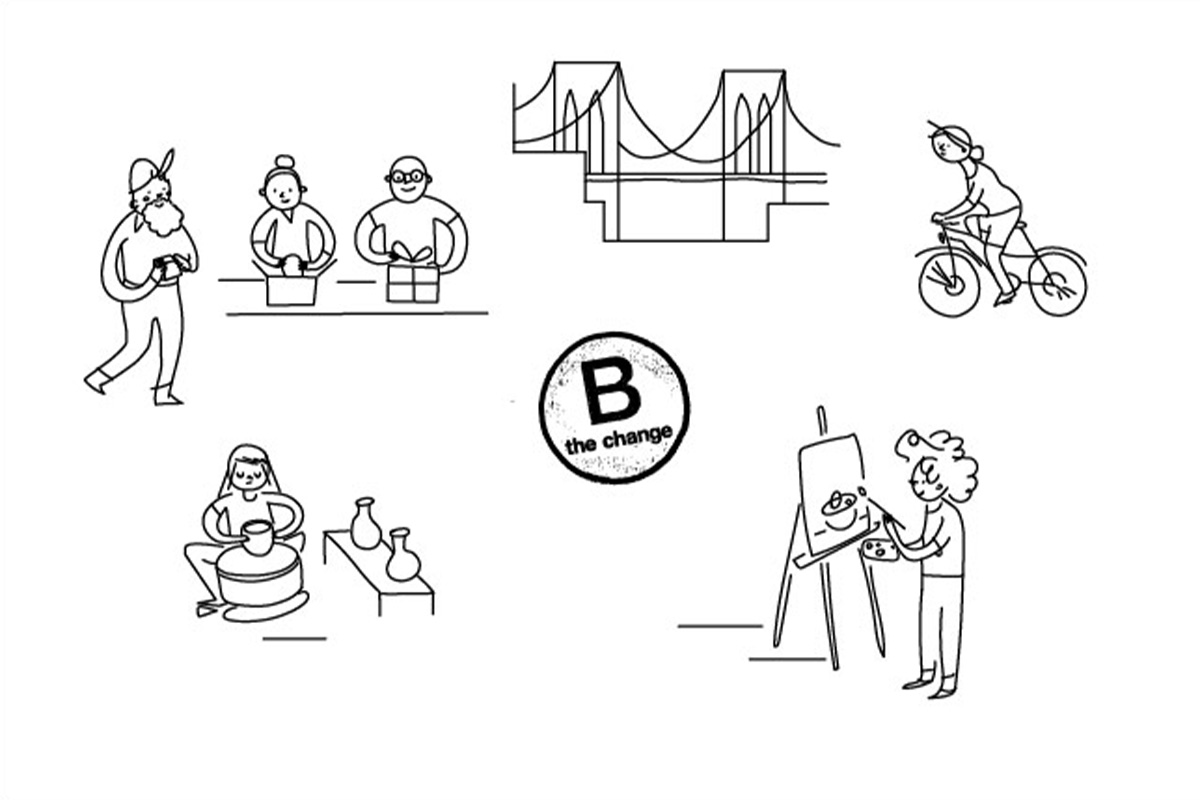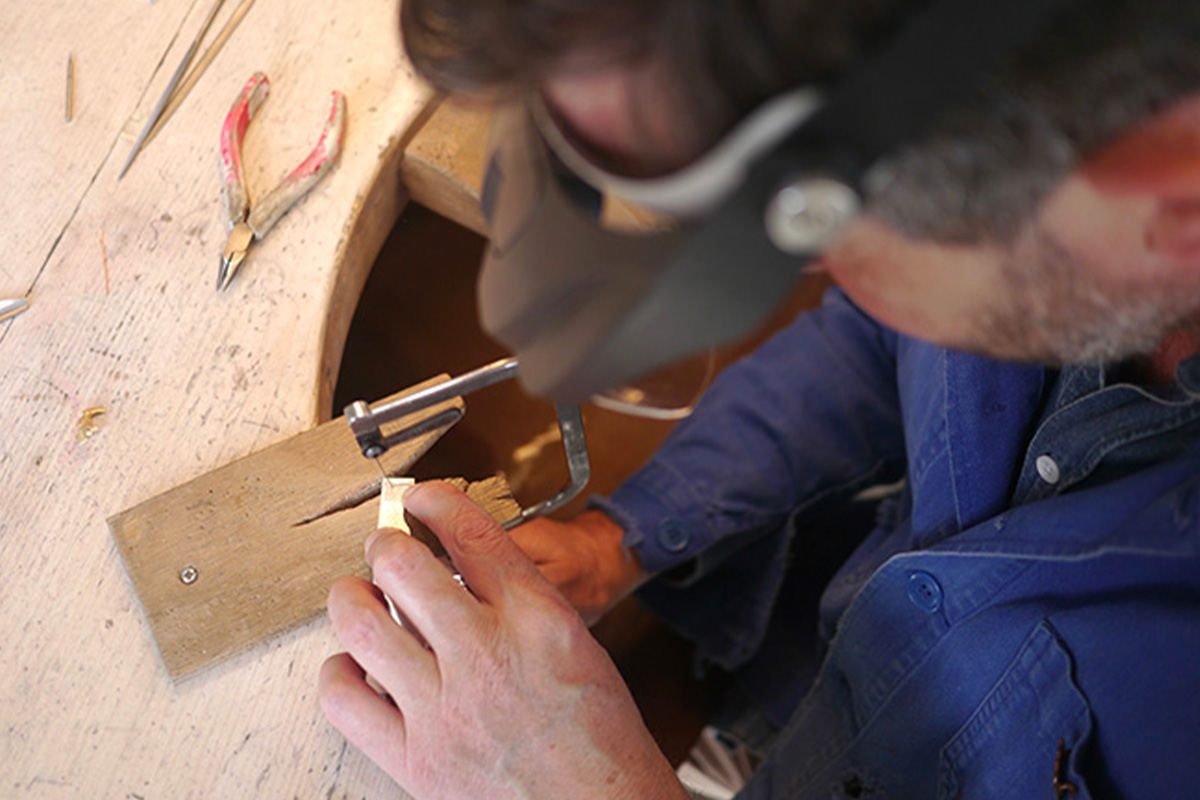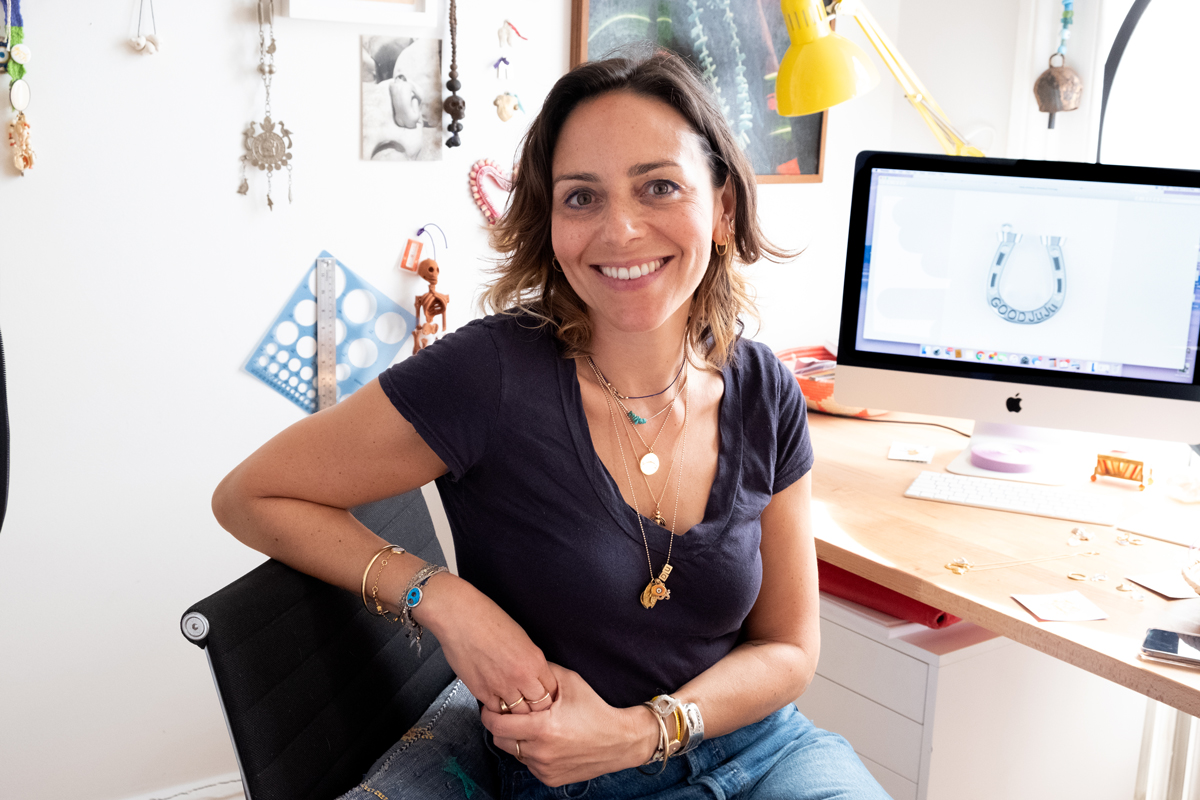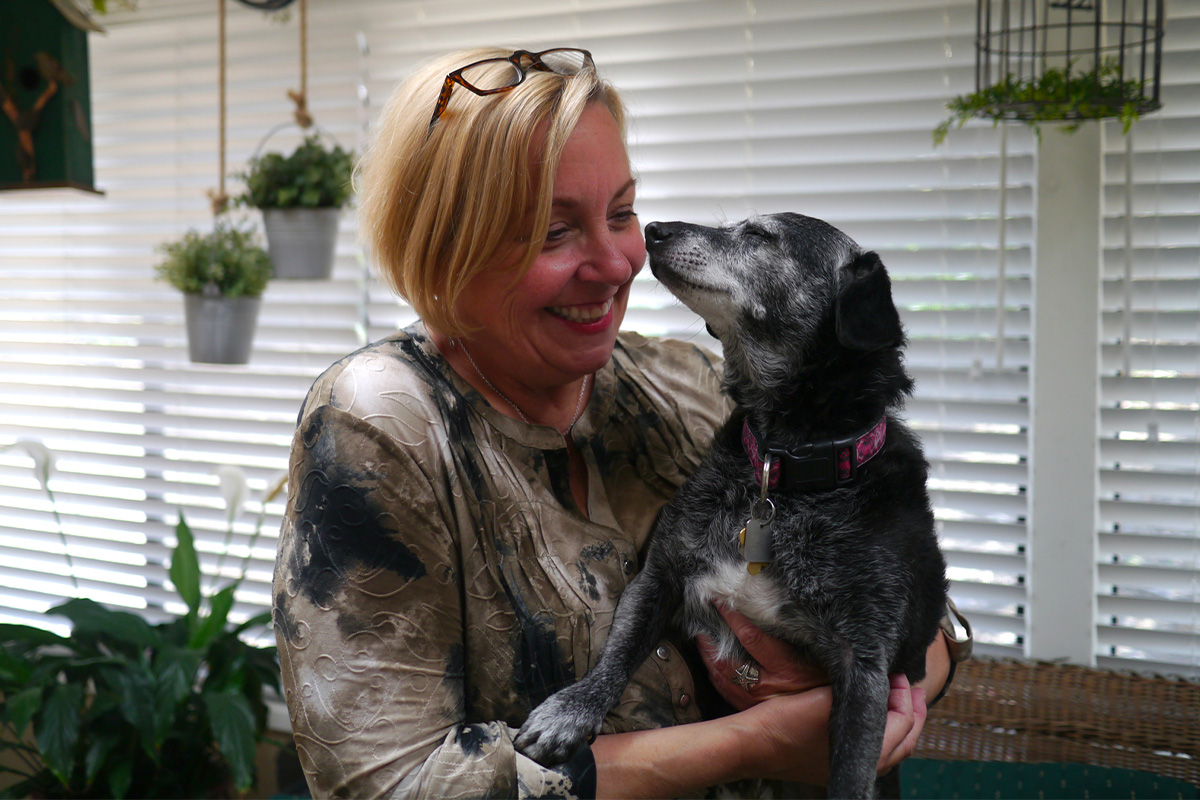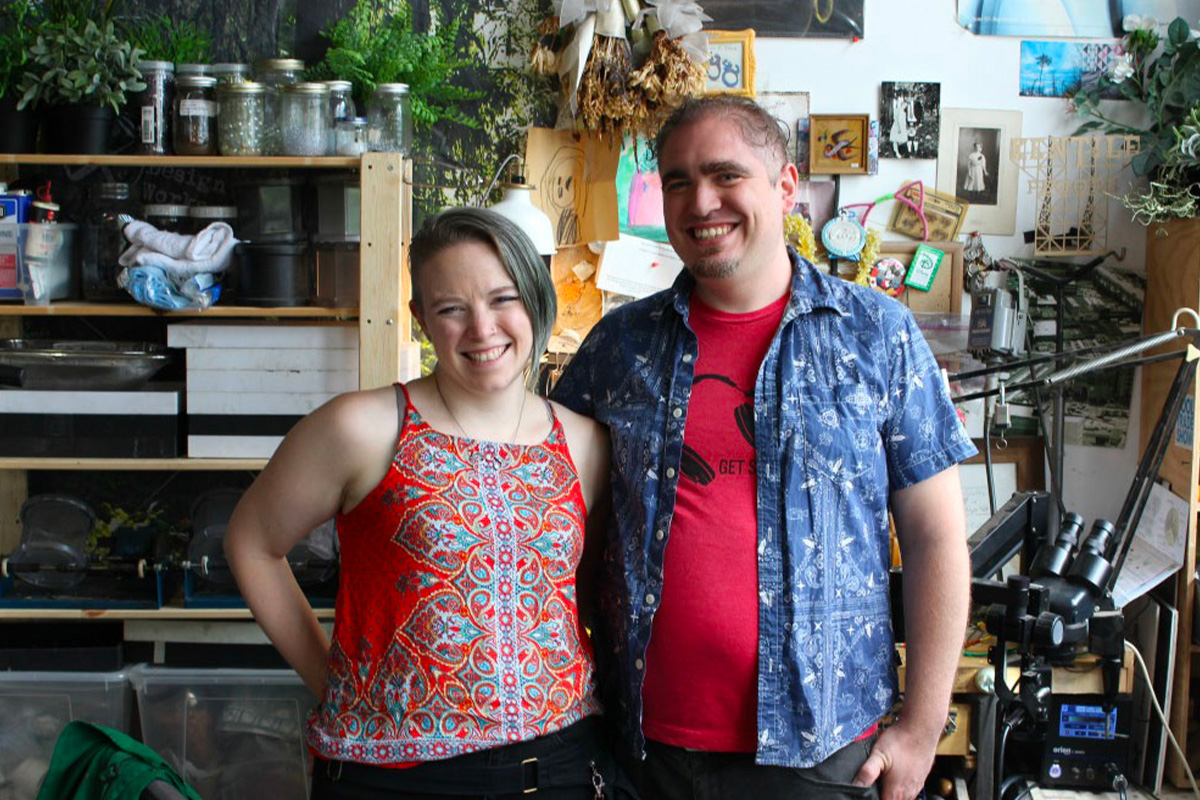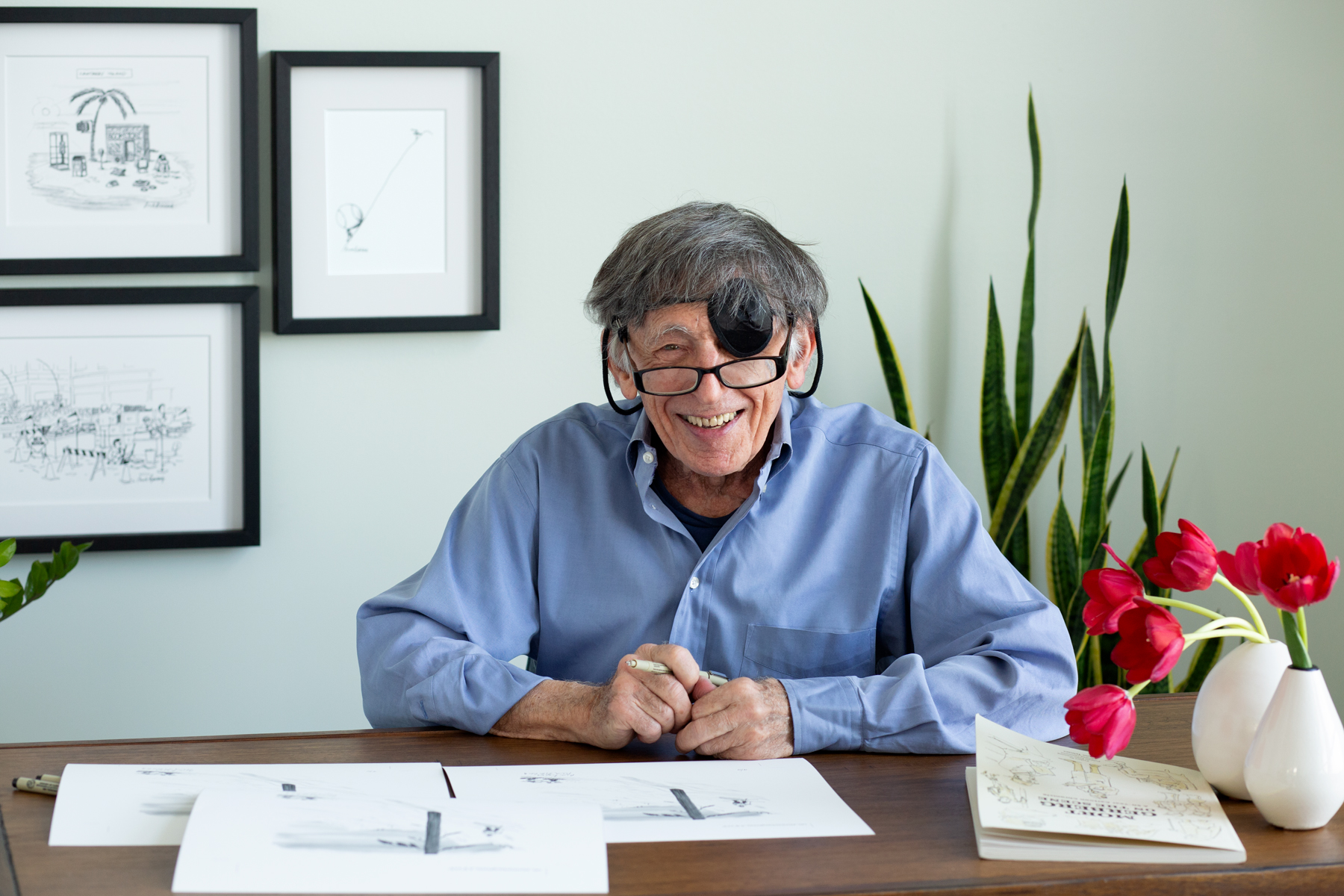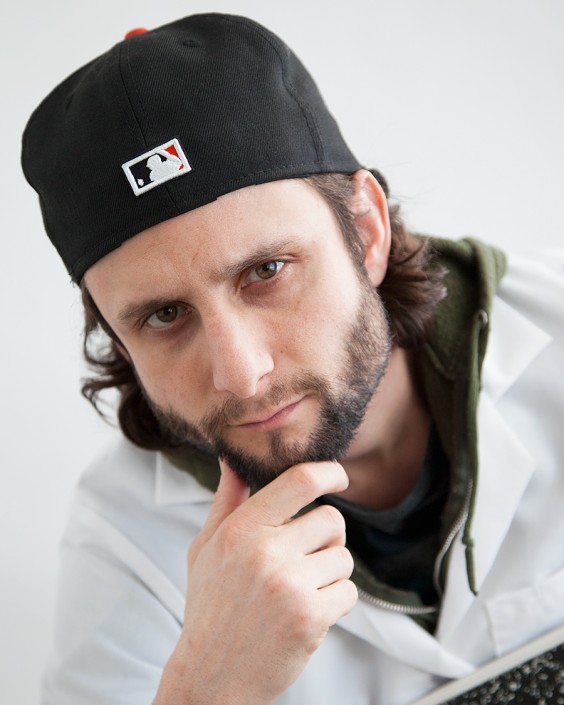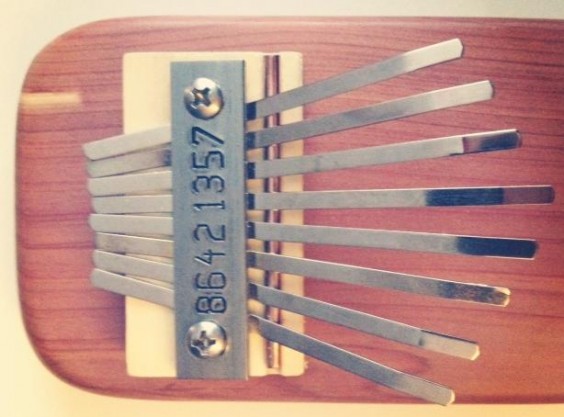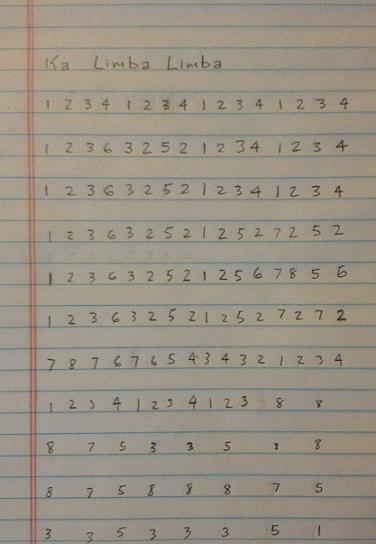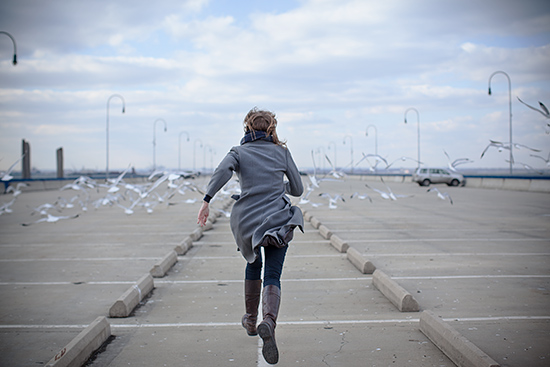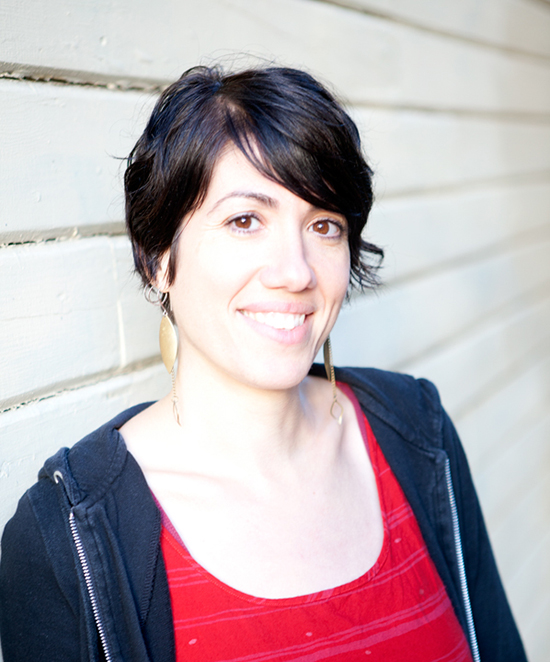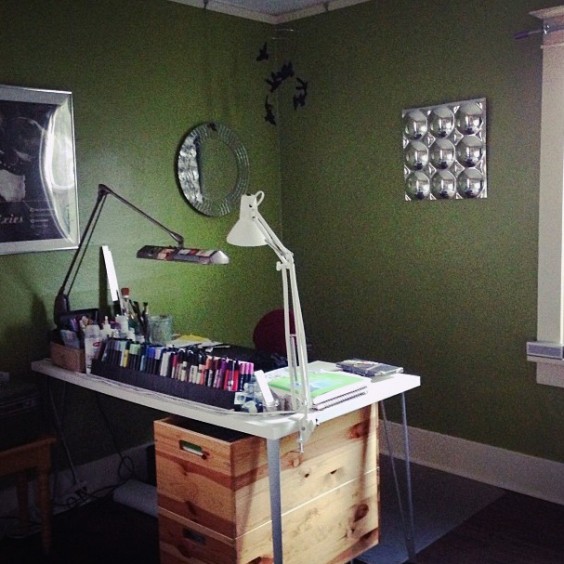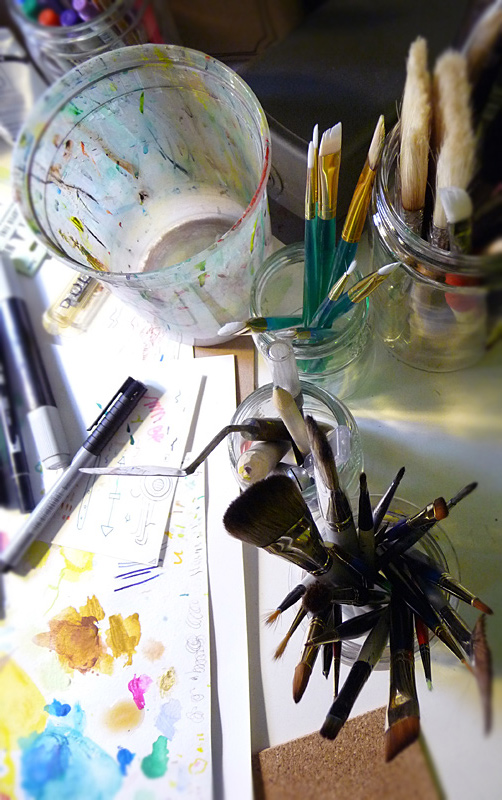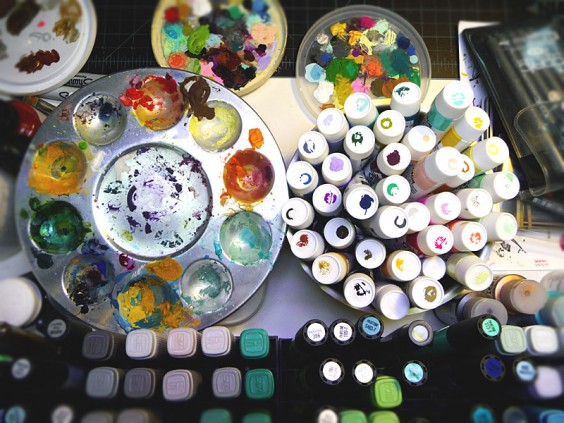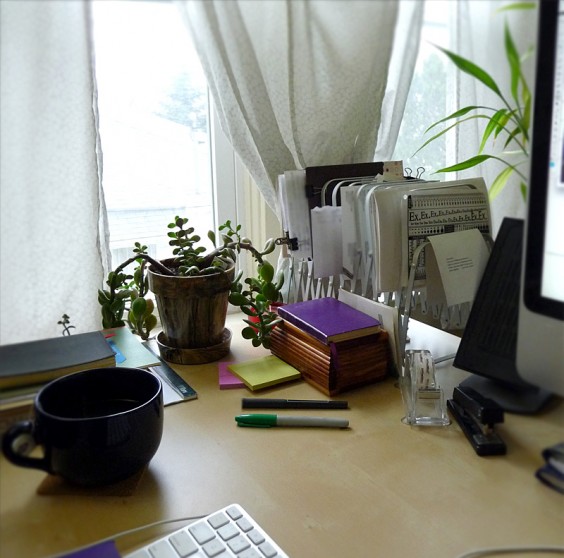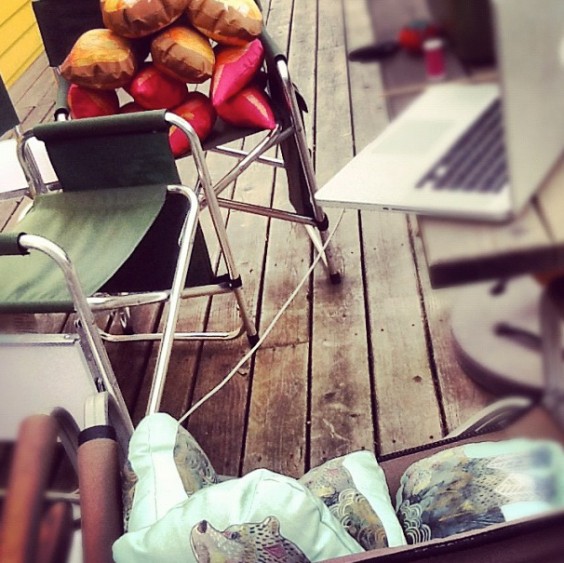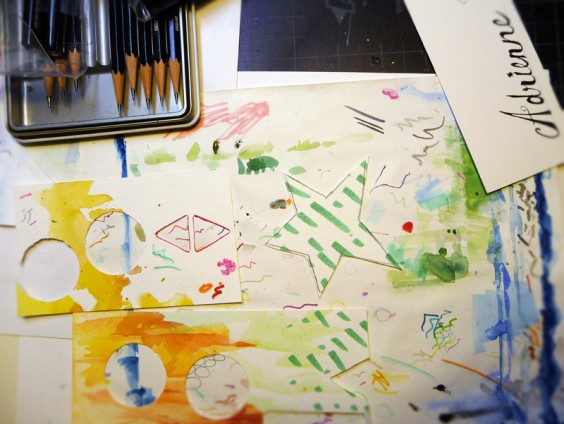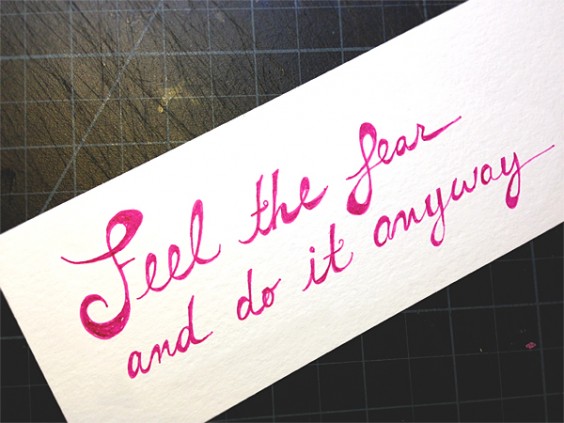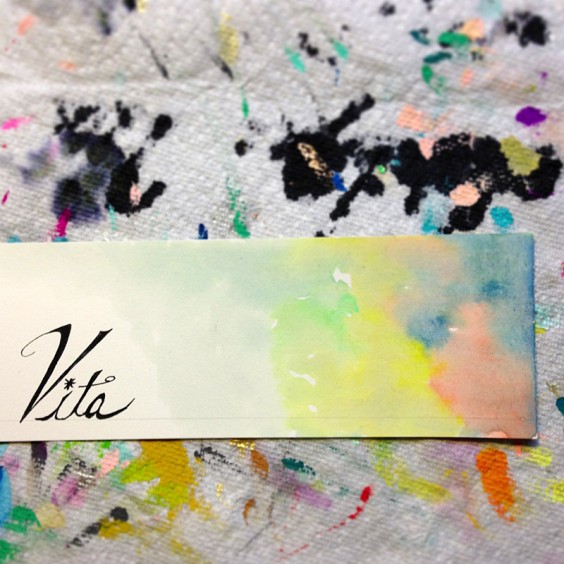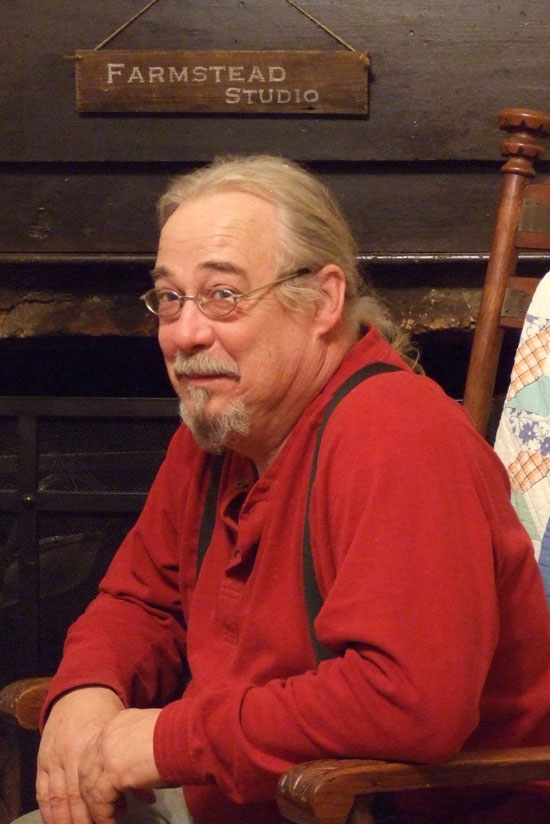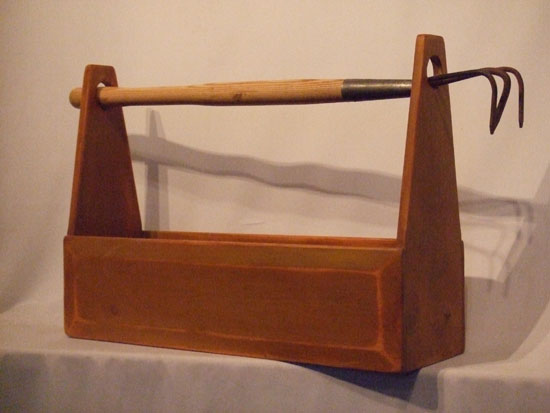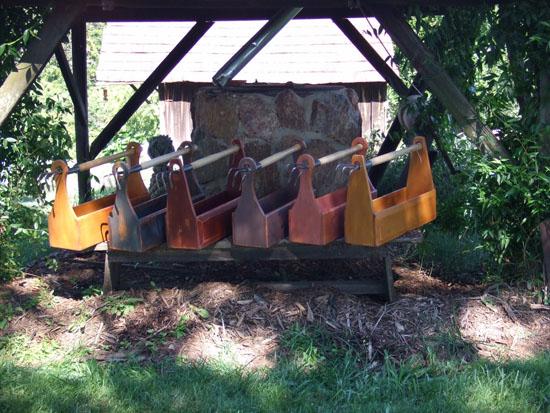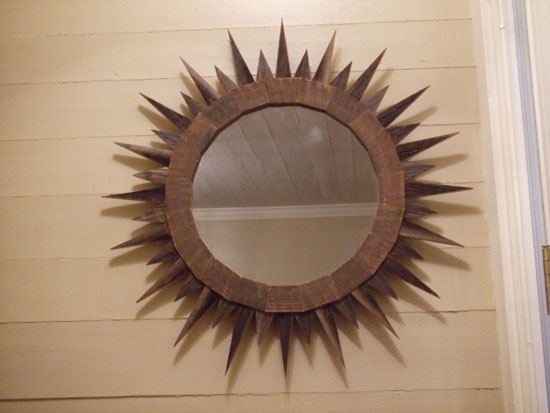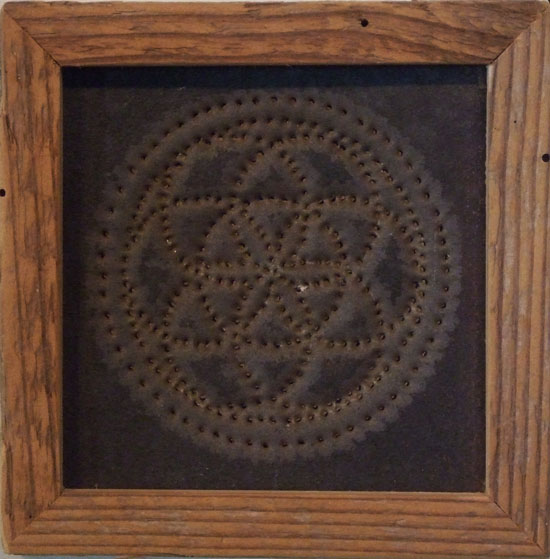
Tiffany Jyang, UncommonGoods Senior Product Developer
My hometown is…
Alpharetta, GA – a suburban girl at heart!
My favorite product that I helped develop is…
The printable party kits on our free downloads page. My favorite is the outer space party kit, but the history buff kit is super fun too. I also love the sleekness and functionality of the Jewelry in a Bottle and the cleverness of the Pistachio Pedestal.
I’m inspired by…
Halloween, strangers, Elon Musk, outer space.
My guilty pleasure is…
Marathoning semi-educational TV shows. I’m a sucker for Alaska: The Last Frontier, and Cosmos.
An uncommon fact about me…
I was the runner-up in my elementary school spelling bee. Sadly, I misspelled the word “mystic” because I spoke too fast and accidentally skipped a letter!
My favorite place to eat in New York City is…
Sugar Sweet Sunshine (for cupcakes and pudding), Kashkaval Garden (for everything), and Joe Coffee (for the coffee and steamed milk).
My style is…
1st grader-meets-comfortable grandmother-meets-construction worker chic.
Working at UncommonGoods, I’ve learned…
Developing uncommon products is easier said than done, but seeing a new item finally go live never gets old.
Would you rather… give up your sketchbook or your access to blogs?
Give up my sketchbook! I love my blogs and I’m addicted to the Internet. It’s my virtual playground, home to all my mood boards, design inspiration, etc.

